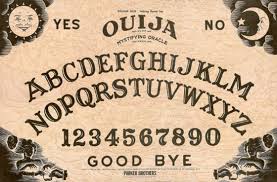Patent of the Day: Combined Hanging Basket and Pot
On this day in 1904 the patent for Combined Hanging Basket and Pot was granted. U.S. Patent No. 754,683.
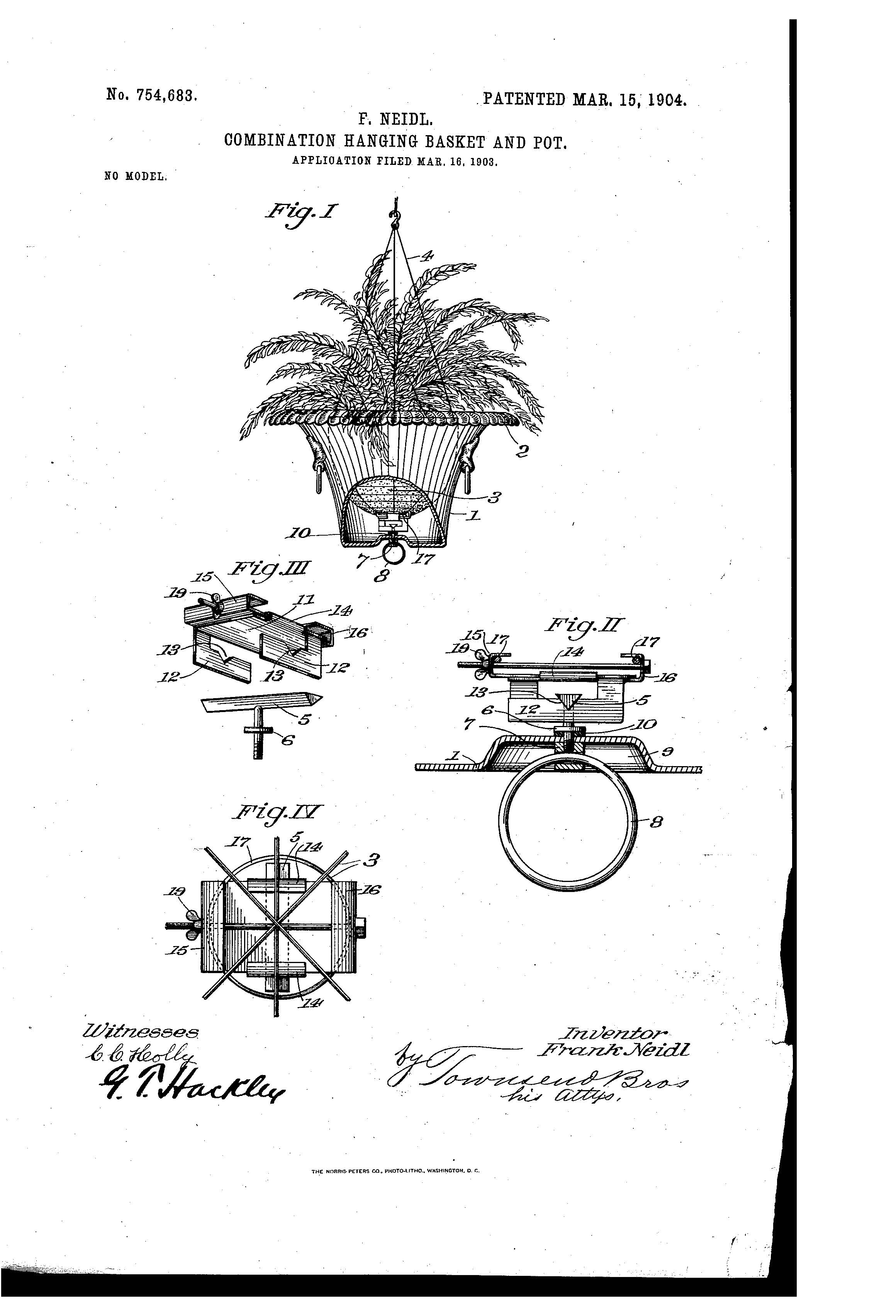
Office Hours with Matt Poulsen 3/24 1-3pm at the Exchange Building
Our own Matt Poulsen will be hosting Office Hours during Omaha Startup Week, Thursday, March 24th from 1-3pm at the Exchange Building, 1905 Harney St, 800, Omaha, NE, 68102. Click here to see the schedule and reserve a time to speak with him.
Protect Your Genius: 5 Intellectual Property Mistakes That Can Doom Your Startup

business.com - March 9, 2016 — Posted By Robert Klinck
Startups are the engine that drives innovation in the United States.
These businesses generate new ideas at every turn, from the inventions that power the devices we use on a daily basis to the brand names and logos attached to those products.
With the right steps in place, companies can convert these ideas and intangible assets into valuable Intellectual Property (IP).
Unfortunately, all too many startups stumble out of the blocks on IP issues, adding challenges to their already difficult path to success.
Avoiding the common IP mistakes that startups make will increase your company’s chances of defying the odds and excelling where others have failed.
Here are five of the biggest IP mistakes that startups make and how to avoid them.
Mistake 1: Underestimating The Importance Of Intellectual Property
If you are like most entrepreneurs, you don’t spend much time focusing on your company’s IP. Instead, you spend your day working on creating (or perfecting) your product and executing your business and marketing plans.
You probably have some sense that your business has intangible assets and that those assets have value, but you think of intellectual property as a legal issue that can be dealt with by the lawyers.
This common approach is a fundamental mistake. The most successful businesses understand that intellectual property is an important business tool.
In fact, valuation experts estimate that intellectual property represents the largest asset class held by American companies (representing 40 percent of the value of all assets).
Intellectual property assets represent a significantly larger percentage of the value of the most successful companies – those in the S&P 500.
By some estimates, IP represents up to 90 percent of the value of these companies.
Considering that intellectual property assets represent such a large asset class, you need to stop thinking about intellectual property as a legal matter and instead understand that your business can create value by making intellectual property part of your business plan.
Mistake 2: Failing To Take The Time To Create An IP Plan
Most startup founders create all sorts of plans: business plans, product development plans, marketing plans, and so on. In fact, business people seem to be planners by nature.
Unfortunately, all too often, entrepreneurs don’t take the time to create a plan to harness their intangible assets or to ensure that they are not infringing the rights owned by third parties. This is a critical mistake that can doom your startup.
Companies that don’t take the time to create an intellectual property plan are creating significant unnecessary hurdles along their path to success.
An IP plan serve as a roadmap for your business to use to harvest the most value from the innovations you are creating. The plan will help you prioritize tasks and ensure that you are not missing opportunities to build value.
Just as important, the plan will map out how to minimize your risk of being sued by others. The last thing any startup needs is to face a costly IP lawsuit that will force it to spend precious time and money.
Taking the time to create a plan at the outset will drastically decrease the chances that your company will face this prospect.
If you want to increase your startup’s chance of succeeding over the long haul, you should take the time to develop an IP plan at the outset.
Think of this as an investment that will compound over time.
Mistake 3: Not Setting Up Communications
Once your company has grown past a handful of employees, you will certainly get to the point where the people creating intangible assets are not the ones making decisions about protecting those assets.
In the haze of growth, many companies miss this shift and don’t set up systems to ensure that the creators and deciders are communicating on a regular basis.
Communication between creators and deciders is important for a couple of reasons. First, decision makers can’t protect assets they don’t know about.
Thus, without communications, you won’t be able to harness the value from the innovations you are creating.
Second, the deciders can’t make sure that your company is taking prudent steps to minimize the risks it faces if they don’t know about new initiatives.
Keeping these deciders informed will allow them to protect you from a costly lawsuit.
To avoid this mistake in your business, you should develop a plan to ensure that the deciders and creators are having regular communications.
Develop a plan that fits with your company’s culture but make sure the communications are happening.
Mistake 4: Failing To Run A Trademark Search
One of the ultimate ironies is that many entrepreneurs spend unimaginable time coming up with the perfect name for their company but then don’t take the step to run a trademark search for the name.
This is a major mistake that could cost you dearly.
The best time to discover a trademark issue for your name of choice is at the outset. Sure, you’ve probably spent a good bit of time brainstorming for the perfect name, but you haven’t invested anything else in the name.
If you discover a trademark issue for the name at that point, it’s easy to pivot and find a new name.
Entrepreneurs who don’t take the time to run a trademark search for their name are running significant risks.
These business owners will spend time and money building a brand around their company name and building goodwill associated with that name without being sure that they will actually be able to continue using the name for the entire life of the business.
What will happen if a trademark issue emerges for one of these companies a year (or more) after it was founded?
Most likely, the company will have little choice but to rebrand. In the process, the company will lose its brand awareness and the value of the built-up goodwill.
Failing to run a trademark search is a critical mistake. There are plenty of attorneys and search firms who will perform this task at a reasonable fee.
But at a minimum, entrepreneurs should run a search through the Federal registry and should conduct an Internet search for the name.
Assuming the name is clear, you would be well served to file a trademark application, but, at a minimum, you should ensure that there are no obvious conflicting marks.
Mistake 5: Not Setting Up Confidentiality Protections
The fifth mistake that startups often make is failing to put in place adequate confidentiality protections.
Trade secret law allows companies to protect confidential business information that has business value.
Trade secret protection has been used to protect some of the most valuable business secrets in the world, including the recipes for Coca-Cola and Kentucky Fried Chicken.
The key to obtaining and preserving the protection is that the company must take reasonable steps to ensure the confidentiality of the information.
The Coca-Cola recipe, for example, is known by only two employees, and the written version is kept in the vault of a bank in Atlanta.
While most confidential information does not require that level of protection, too few startups establish systems and procedures to maintain the confidentiality of their sensitive business information.
A company should have:
-
Written agreements with employees that require them to maintain business confidences.
-
Policies that put limits on the extent to which employees may transfer sensitive material to personal devices (e.g., rules against sending material to a personal email address).
-
Written agreements with outside contractors that require them to maintain business confidences.
-
Policies that limit who may access the information.
-
Reasonable security protocols (e.g., password-protected computer access) to limit access to the information.
A company that does not have these minimum protections in place risks losing the right to protect its supposedly confidential information as a trade secret.
Summing Up
This list could have included many more mistakes that startups make with respect to their intellectual property.
Most of the specific mistakes that startups make stem from the first two mistakes in this list, failing to recognize the importance of intellectual property and failing to take the time to create an intellectual property plan.
Startups that recognize the importance of IP from the outset and spend the time and money to develop a plan have a significant leg up in the market.
Patent of the Day: Saluting Device
In case your hands are full and you can't properly salute someone this patent is just what you need. On this day in 1896, the patent for Saluting Device was granted. U.S. Patent No. 556,248.
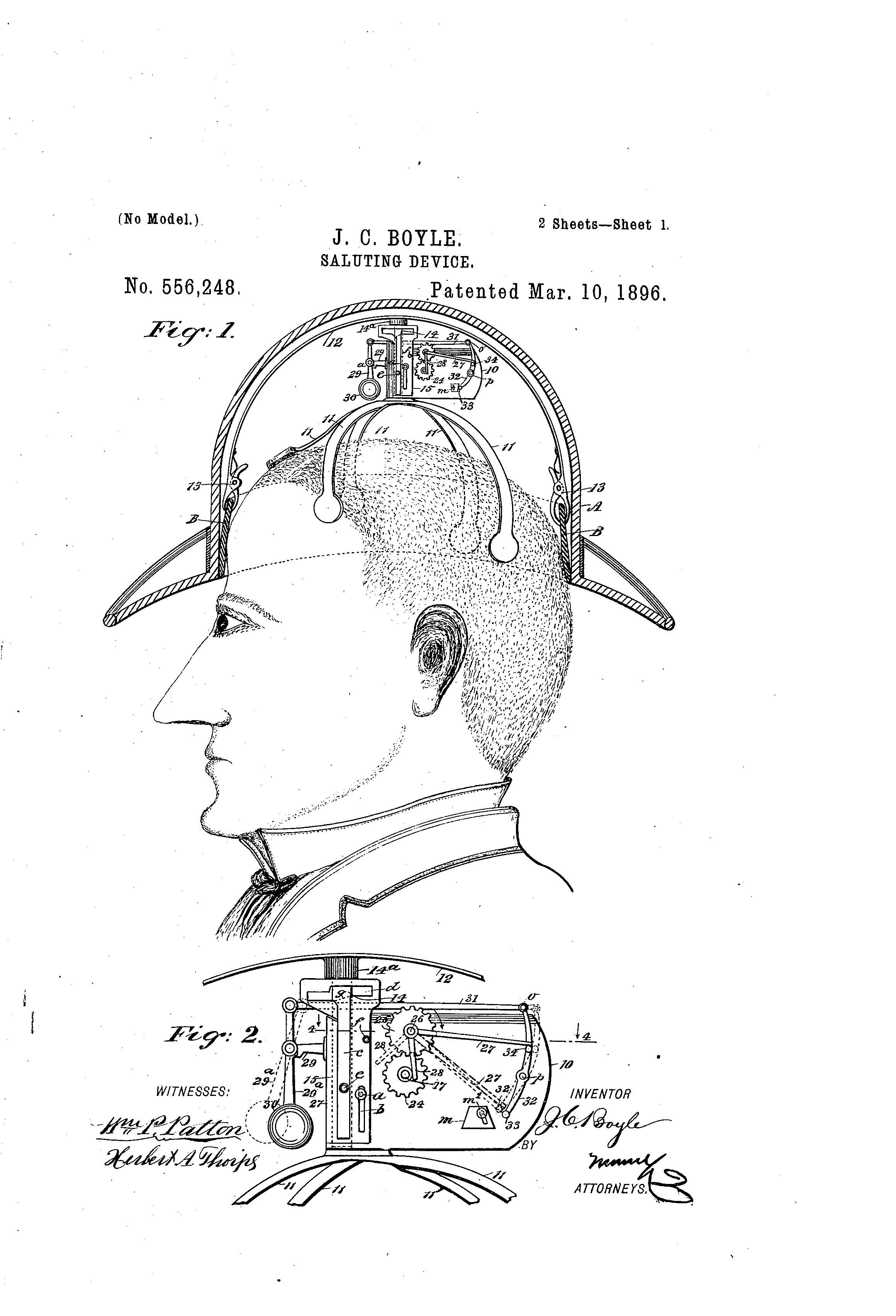
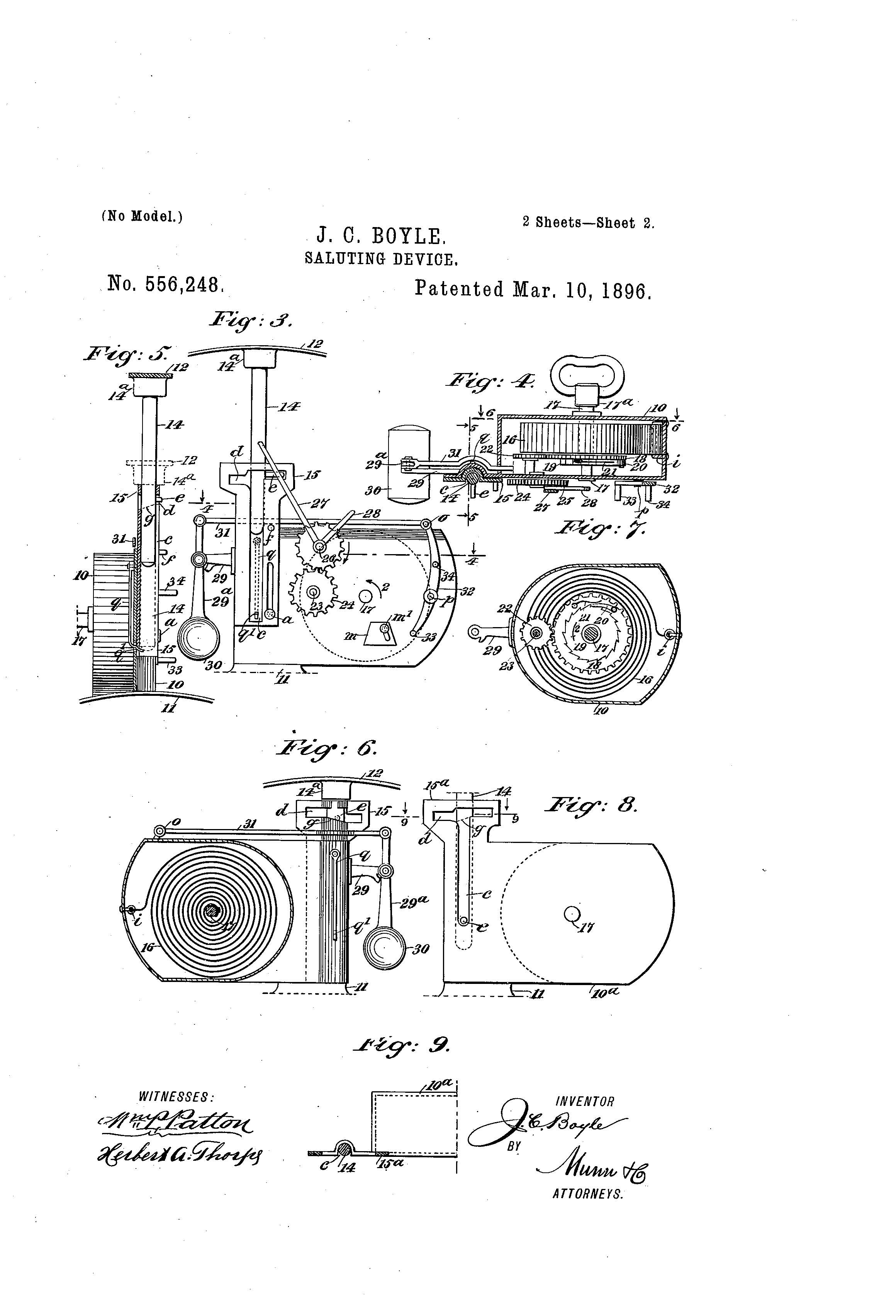
Presentation - Patent Prosecution Ethics and Conflicts

Click below to take a look at this great presentation that our own Chad Swantz gave back in January.
International Women's Day: A Look at Women Inventors
A Look at Women Inventors
Today is International Women’s Day, a day to celebrate all the achievements, small or large, women have accomplished. We would like to take this a step further and take a look at a group of women inventors who have accomplished so much and invented everyday items we couldn’t live without today.
Marie Curie
Marie Curie, born Maria Sklodowska in 1867, grew up in Warsaw, Poland. She left Poland and traveled to Paris where she studied physics and 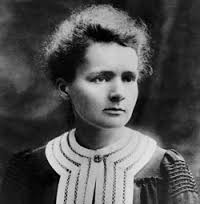 mathematical sciences. She became the head of the Physics Laboratory at Sarbonne, obtained her Doctor of Science Degree and became Professor of General Physics in the Faculty of Sciences. While working with her husband, Pierre Curie, they discovered the isolation of polonium and radium. Marie Curie went on to develop methods for the separation of radium from radioactive residues in sufficient quantities to allow for its characterization and the careful study of its properties. Marie Curie is held in high regard by scientists throughout the world, she has been honored with her husband Pierre, half of the Nobel Prize for physics in 1903 (the other half went to scientist Becquerel), she was awarded a second Nobel Prize for chemistry in 1911 for her work in radioactivity. She also received, jointly with her husband, the Davy Medal of the Royal Society in 1903 and, in 1921. In addition to the many accolades she achieved she was also published in many scientific journals and authored a few publications herself, Recherches sur les Substances Radioactives (1904), L'Isotopie et les Éléments Isotopes and the classic Traité' de Radioactivité (1910). (1)
mathematical sciences. She became the head of the Physics Laboratory at Sarbonne, obtained her Doctor of Science Degree and became Professor of General Physics in the Faculty of Sciences. While working with her husband, Pierre Curie, they discovered the isolation of polonium and radium. Marie Curie went on to develop methods for the separation of radium from radioactive residues in sufficient quantities to allow for its characterization and the careful study of its properties. Marie Curie is held in high regard by scientists throughout the world, she has been honored with her husband Pierre, half of the Nobel Prize for physics in 1903 (the other half went to scientist Becquerel), she was awarded a second Nobel Prize for chemistry in 1911 for her work in radioactivity. She also received, jointly with her husband, the Davy Medal of the Royal Society in 1903 and, in 1921. In addition to the many accolades she achieved she was also published in many scientific journals and authored a few publications herself, Recherches sur les Substances Radioactives (1904), L'Isotopie et les Éléments Isotopes and the classic Traité' de Radioactivité (1910). (1)
Hedy Lamarr
Hedy was born in Vienna Austria in 1914 as Hedwig Kiesler; she started her career at the age of 17 as an actress where she changed her name  to Hedy Lamarr. Most people don’t and still don’t know that in addition to acting she was extremely intelligent and worked with composer/inventor George Antheil to invent a Secret Communication System (U.S. Patent No. 2,292,387). This invention became extremely important to the military during World War II. It changed radio frequencies at irregular intervals between transmission and reception to prevent the enemy from being able to detect classified messages. This invention was first used on naval ships during the Cuban Missile Crisis and has paved the way for some of today’s most technical items like cell phones and Wi-Fi. Hedy has been honored with the Electrical Frontier Foundation (EFF) Pioneer Award, the BULBIE™ Gnass Spirit of Achievement Award and most recently has been noted as one of the most important women inventors of the 20th century.(2)
to Hedy Lamarr. Most people don’t and still don’t know that in addition to acting she was extremely intelligent and worked with composer/inventor George Antheil to invent a Secret Communication System (U.S. Patent No. 2,292,387). This invention became extremely important to the military during World War II. It changed radio frequencies at irregular intervals between transmission and reception to prevent the enemy from being able to detect classified messages. This invention was first used on naval ships during the Cuban Missile Crisis and has paved the way for some of today’s most technical items like cell phones and Wi-Fi. Hedy has been honored with the Electrical Frontier Foundation (EFF) Pioneer Award, the BULBIE™ Gnass Spirit of Achievement Award and most recently has been noted as one of the most important women inventors of the 20th century.(2)
Stephanie Kwolek
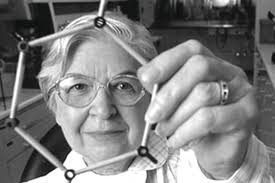 Stephanie grew up in New Kensington, Pennsylvania and at a young age was always interested in science and medicine. She has been noted as one of the first women research chemists and has been nationally recognized for her work with long molecule chains at low temperatures. Her most famous invention came when she had been working with a liquid crystal polymer solution, she found that its strength is five times stronger than steel and is now what we refer to as Kevlar®. Kevlar is used in so much more than just bullet proof vest, it is also used in safety helmets, suspension bridge cables and camping gear just to name a few. Stephanie has been honored with the Kirby Award, the National Medal of Technology and the 1999 Lemelson-MIT Lifetime Achievement Award.(3)
Stephanie grew up in New Kensington, Pennsylvania and at a young age was always interested in science and medicine. She has been noted as one of the first women research chemists and has been nationally recognized for her work with long molecule chains at low temperatures. Her most famous invention came when she had been working with a liquid crystal polymer solution, she found that its strength is five times stronger than steel and is now what we refer to as Kevlar®. Kevlar is used in so much more than just bullet proof vest, it is also used in safety helmets, suspension bridge cables and camping gear just to name a few. Stephanie has been honored with the Kirby Award, the National Medal of Technology and the 1999 Lemelson-MIT Lifetime Achievement Award.(3)
- http://www.nobelprize.org/nobel_prizes/physics/laureates/1903/marie-curie-bio.html
- http://www.women-inventors.com/Hedy-Lammar.asp
- http://www.women-inventors.com/Stephanie-Kwolek.asp
Patent of the Day: Improvement in Telegraphy (telephone)
On this day in 1876, Alexander Graham Bell was granted the patent for Improvement in Telegraphy, now known as the first telephone. U.S. Patent No. 174,465.
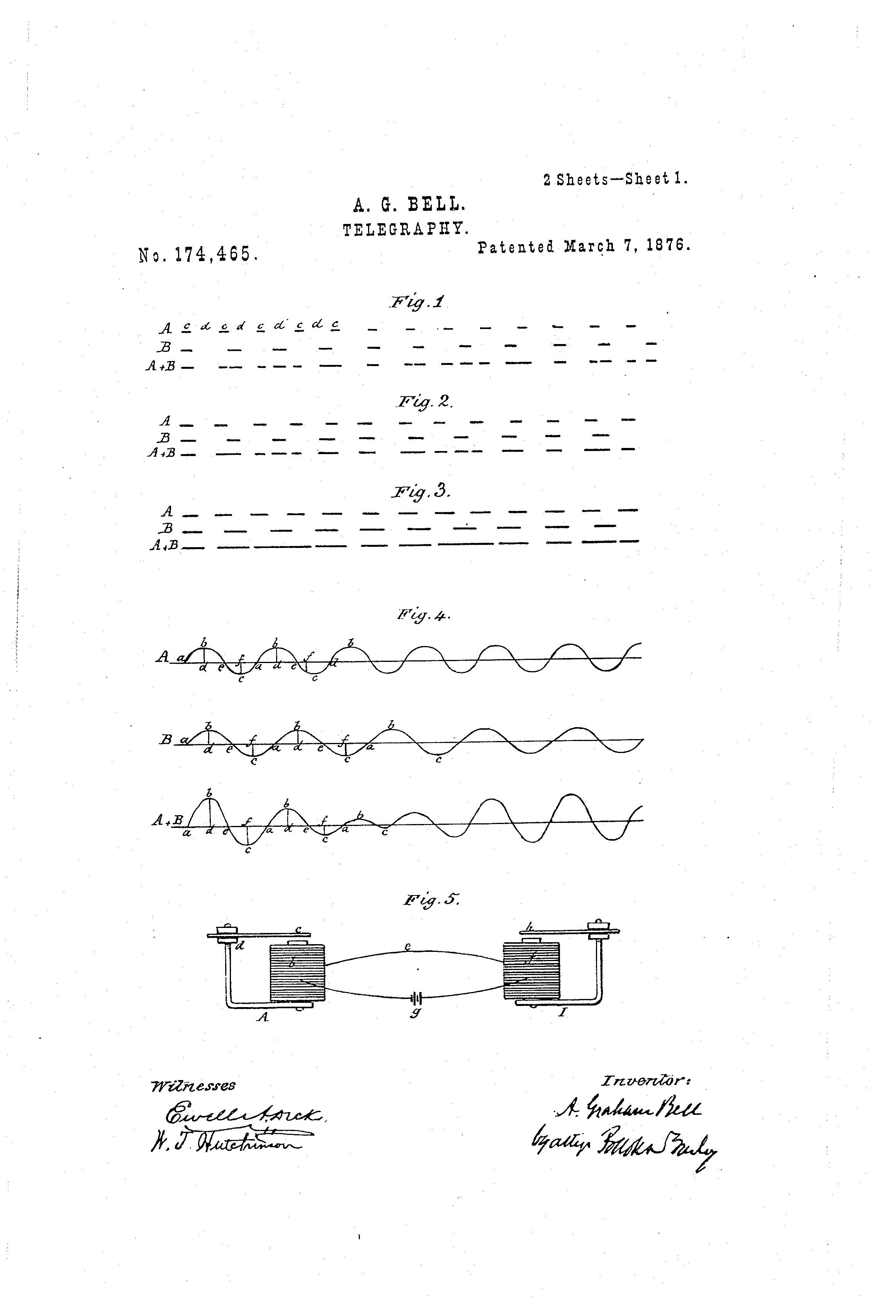
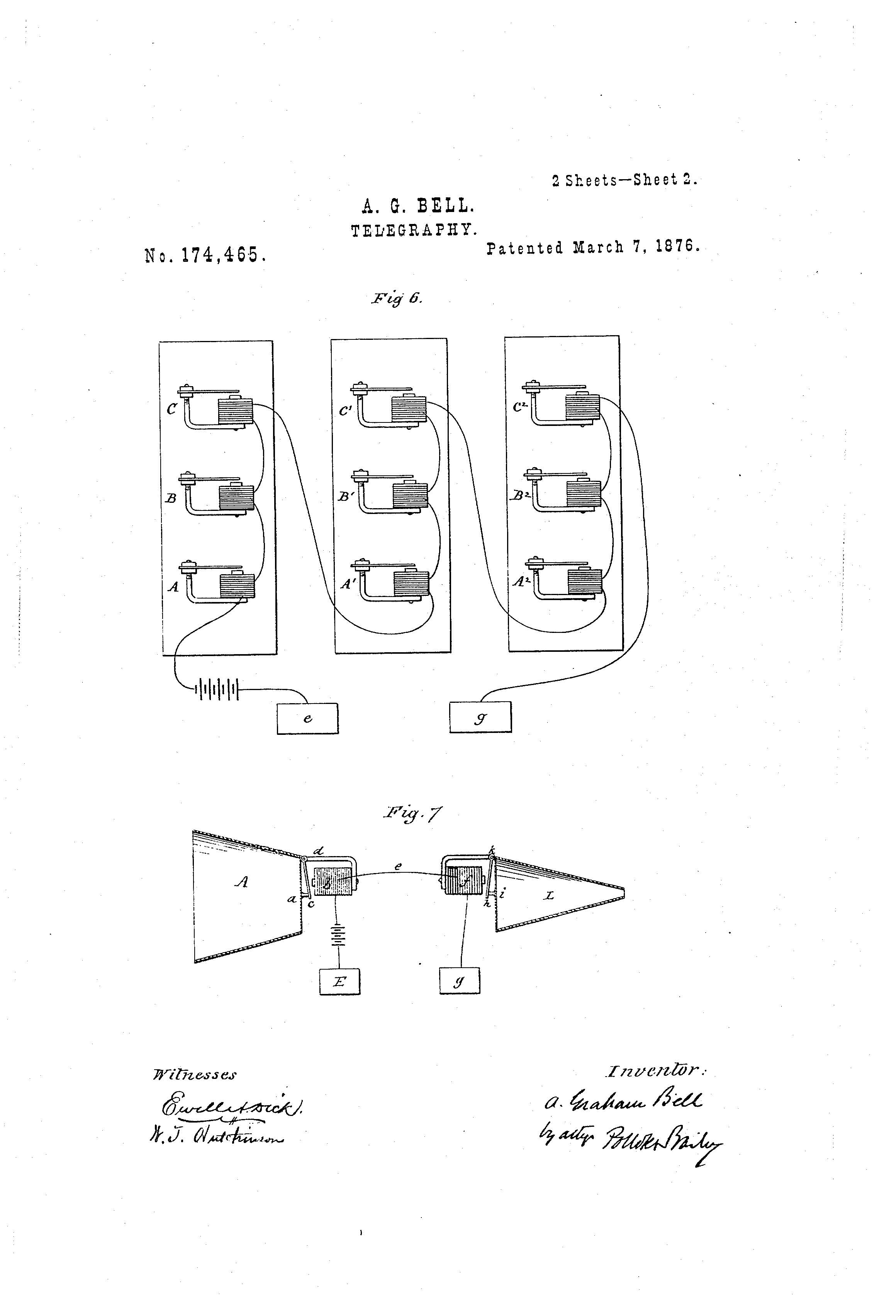
How Mark Twain’s ghost almost set off the copyright battle of the century

by Parker Higgins | FUSION
Early rumors of his death may have been grossly exaggerated, but eventually death did come for Mark Twain. For most authors, that moment—that is, the moment of death—is a natural time to stop writing. But in 1917, seven years after Twain’s demise, reports emerged that he had dictated a new novel, via Ouija board, to a receptive medium.
The novel Jap Herron was published with an introduction by the purported transcriptionist, a journalist and author from St. Louis named Emily Grant Hutchings, about the book’s mystical origins. It came out in the midst of a “spiritualism” craze in the United States; its Bookman review, which noted that it was “unquestionably in Mark Twain’s style,” was titled “Another ‘Ouija Board’ Book.” Jap Herron wasn’t the first novel dictated from beyond the grave, but it had the highest profile “author,” which considerably raised the stakes.
Just after Hutchings and her publisher got the book to market, Twain’s estate and his publisher sued to stop it, kicking off one of the more unusual intellectual property cases of the 20th century.
At the heart of the case were some novel legal questions: Can the law recognize a dead person as the author of a new work? And if so, could Twain’s ghost (or its human mouthpiece), wiggle out of Twain’s agreement with Harper & Brothers to publish all of his books? Finally, even if those copyright hurdles could be cleared, what about using Twain’s pen name, which the publisher held as a registered trademark? (Twain’s legal name was Samuel Clemens.) Read More.
For Your Eyes Only: Protecting The IP Rights of #FoodPorn
By: Meagan Elise Vianello | Valparaiso University Law School
The newest trend gaining popularity in the world of social media is amateur food photography, also known as “foodstagram” or “food porn.”[1] Food porn is the visual experience of something that other people can smell and taste. [2] Such activity is embraced by those who wish to document their restaurant experiences on Facebook, Instagram, and Twitter.[3] In addition to these sites, amateur food photography can be viewed on blogs, such as Foodie.com and Ramentology.com.[4] Also, for those enthusiasts who wish to experience food porn from behind the camera, Whole Foods has offered classes in “iPhone food photography” so that photographers can learn how to perfectly capture their plates. [5]
However, with this growing popularity comes a growing concern among chefs that food porn infringes on their intellectual property rights. [6] In 2013 Germany’s highest federal court lowered the threshold of originality traditionally required for copyright protection in the “applied arts.”[7] The court held that for carefully arranged food, the cook is regarded as the creator of a work and permission must be given before photos are made public; otherwise, violators could face a copyright warning notice. [8] Could a similar law apply under U.S. copyright law?[9] The following will discuss whether copyright law could extend to food porn in terms of protecting chefs’ intellectual property rights.
See more at: http://www.natlawreview.com/article/your-eyes-only-protecting-ip-rights-foodporn#sthash.fdYO2RoE.dpuf
Patent of the Day: Harmonica Holder
On this day in 1904 the patent for Harmonica Holder was granted. U.S. Patent No. 753,713.
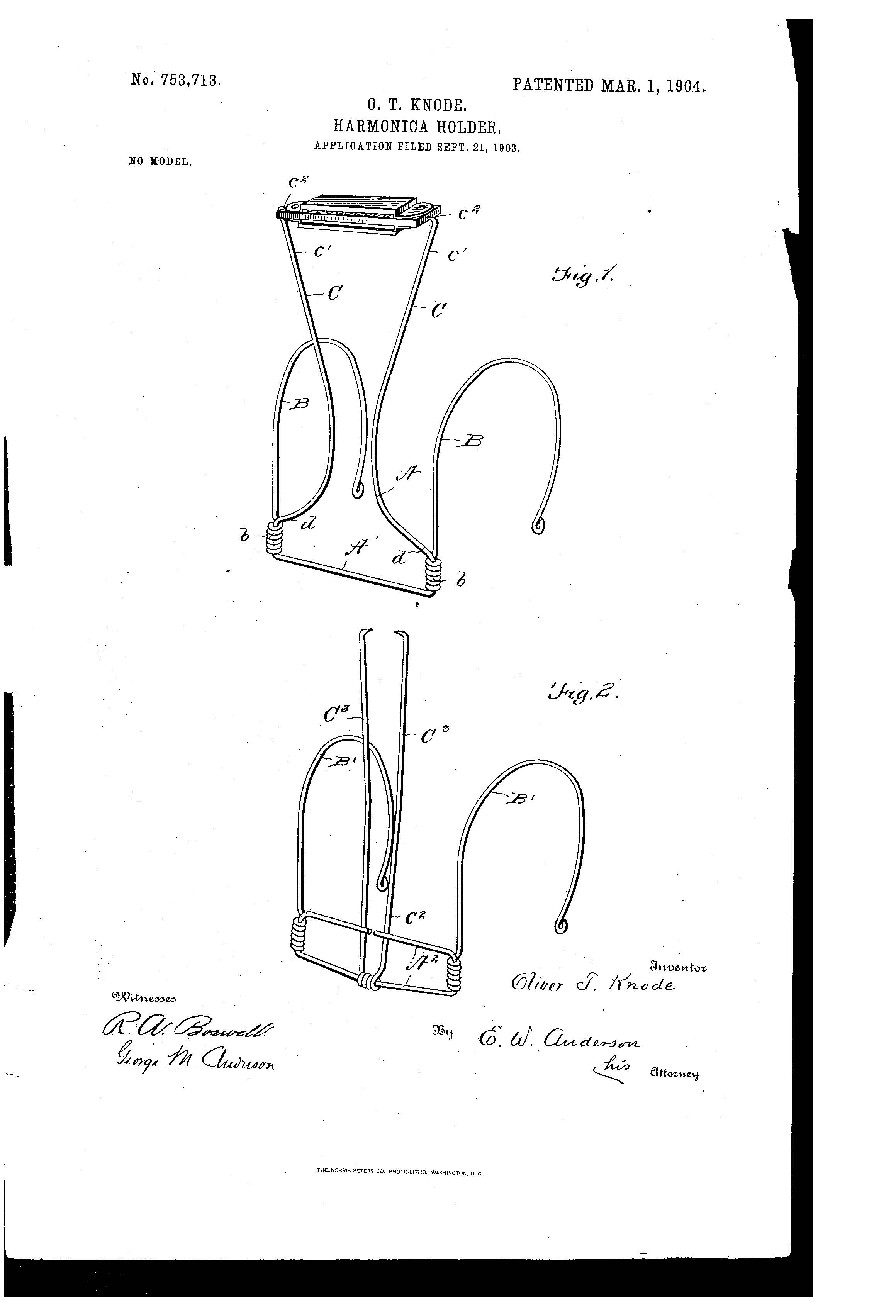
Patent of the Day: Blackout Shutter
On this day in 1944 the patent for Blackout Shutter was granted. U.S. Patent No. 2,342,826.

Patent searches are always a good idea, even if your invention is not on the market

By Gene Quinn IP Watchdog
I frequently hear inventors ask why they need a patent search. Frequently the question will proceed: I’ve done a search of the market and there is nothing at all like my invention available to be purchased. Many times this will give inventors a false sense of security, leading them to feel a false sense of comfort believing that because they could not find the product to purchase that has to mean that there are no patents related to their invention.
While surveying the market is a wise first step, frequently there are patents lurking that have simply not been used to develop commercial products. This can be for a variety of reasons, and makes patent searches critically important. Read More.







